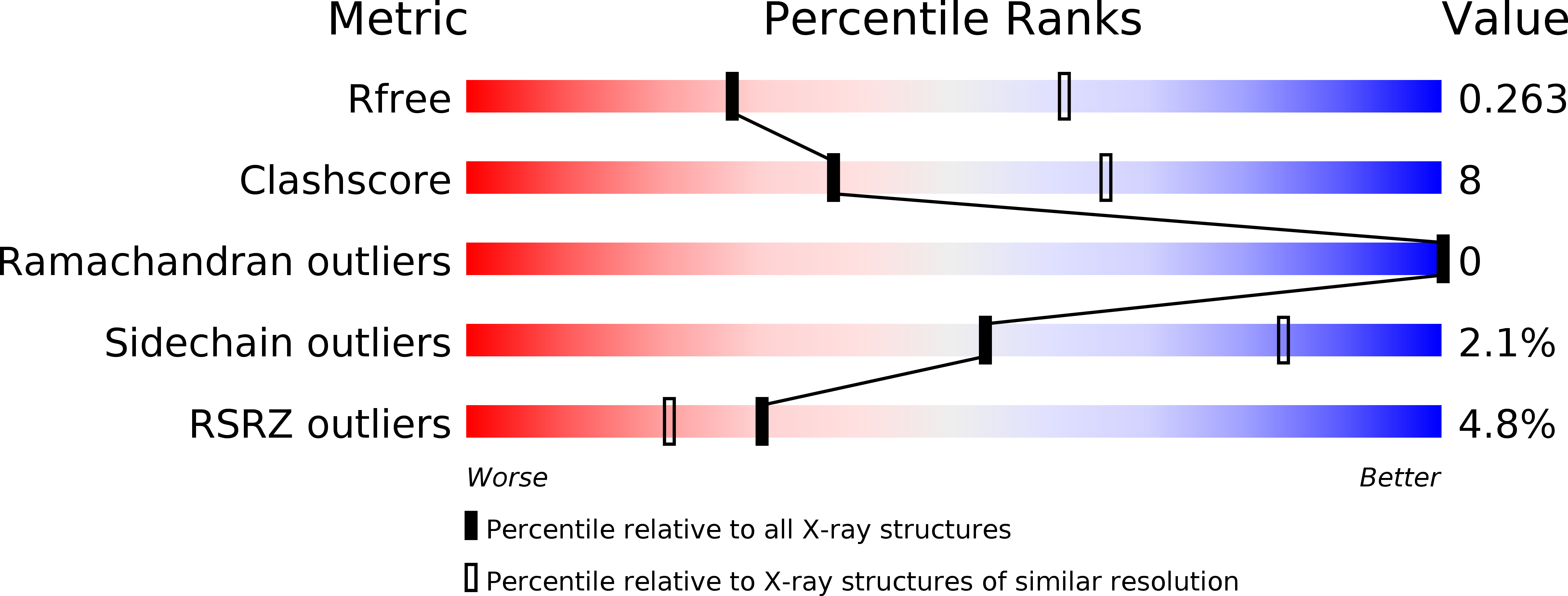
Deposition Date
2016-12-13
Release Date
2017-08-23
Last Version Date
2024-03-20
Entry Detail
PDB ID:
5WTN
Keywords:
Title:
Crystal Structure Analysis of primosome protein DnaB (resiues 1-300) from Geobacillus stearothermophilus
Biological Source:
Source Organism:
Geobacillus stearothermophilus 10 (Taxon ID: 272567)
Host Organism:
Method Details:
Experimental Method:
Resolution:
2.80 Å
R-Value Free:
0.26
R-Value Work:
0.22
R-Value Observed:
0.22
Space Group:
P 21 21 21


